Best Time to Visit Queen Elizabeth for Game Drives
The Pulse of an African Safari
In the western expanse of Uganda, where the Rwenzori Mountains rise like guardians of the horizon and volcanic craters shape the land in ancient elegance, lies one of Africa’s most treasured landscapes. Queen Elizabeth National Park is not only a sanctuary of biodiversity but also a place where the rhythm of life is dictated by the sun, the rains, and the endless migration of animals across grasslands and wetlands. To experience its wilderness in its most vivid form is a privilege, yet one that is profoundly influenced by timing.
A safari in Queen Elizabeth National Park is an exploration of life’s raw beauty, but the quality of the experience depends on choosing the best time to embark on game drives. The park changes with the seasons; dry spells open its plains to endless visibility, while rains transform it into a lush paradise alive with birth and regeneration. Understanding when to visit is not merely a matter of convenience but of immersion—of aligning a journey with nature’s pulse.
This article unfolds the intricacies of timing a safari in Queen Elizabeth National Park, examining the seasons, the wildlife behaviors they influence, and the experiences each window of the year holds. By the end, the best months for game drives will not only be revealed but deeply understood, allowing travelers to step into the park at its finest moments.
The Geography and Climate of Queen Elizabeth National Park
The timing of a safari in Queen Elizabeth National Park is inseparable from its geography and climate. Spread across nearly two thousand square kilometers of savannah, crater lakes, forests, and wetlands, the park straddles the equator, meaning its climate is tropical and relatively stable throughout the year. Unlike destinations that experience extreme temperature variations, Queen Elizabeth’s temperatures remain fairly consistent, ranging between 18°C and 28°C.
What defines its seasons, however, is not heat or cold but rainfall. Rainfall determines not only the growth of vegetation but also the movement of animals, the condition of roads, and the ease with which travelers can access wildlife. Two dry seasons and two wet seasons divide the year, each leaving a distinct imprint on the safari experience. The dry months stretch from June to September and again from late December to February, while the rains dominate March to May and October to November.
To truly appreciate the best time for game drives, one must first understand how these seasonal shifts sculpt the behaviors of the animals and the character of the land itself.
The Dry Seasons: June to September and December to February
The dry seasons are widely regarded as the ideal windows for game drives in Queen Elizabeth National Park. During these periods, rainfall is minimal, vegetation thins, and water sources become concentrated. This ecological shift draws animals toward rivers, channels, and waterholes, creating natural congregations that make sightings frequent and spectacular.
In the months from June to September, the park basks in extended sunshine. The grasses, though still present, recede enough to unveil the movements of predators and prey alike. Lions, particularly the famed tree-climbers of Ishasha, are easier to spot as they ascend fig trees to escape the heat. Elephants, buffalo, and Uganda kob move visibly across the plains, their herds leaving trails of dust in their wake.
The shorter dry spell from late December to February mirrors these conditions. It coincides with a season of relative warmth, where the clarity of the skies and the crispness of the savannah light make for unmatched photographic opportunities. It is during these months that travelers often report the park at its most accessible and rewarding, where every game drive seems scripted by nature for maximum drama.
The Wet Seasons: March to May and October to November
Though the dry seasons hold the crown as the best for game drives, the wet months weave their own unique magic into Queen Elizabeth National Park. From March to May, heavy rains rejuvenate the land. The savannah transforms into a lush green expanse, crater lakes brim with new life, and the air resonates with birdsong. This season is particularly celebrated by birdwatchers, as migratory species swell the already rich avian population.
Wildlife viewing, however, becomes more challenging. The abundant vegetation conceals animals, and the softened terrain makes certain tracks difficult to navigate. Game drives, while still possible, require patience and a keen eye. Yet those who choose to visit during this time are rewarded with fewer crowds, quieter landscapes, and a sense of intimacy with the park that is rare during the peak seasons.
The shorter wet season, stretching through October and November, is similar in character but less intense. The rains fall with less persistence, leaving windows of bright weather interspersed with showers. Wildlife disperses more widely, but the beauty of the landscapes, painted in fresh hues of green, provides a backdrop that feels alive and unspoiled.
Wildlife Behavior Across the Seasons
The ultimate aim of a game drive is not only to traverse the park but to immerse oneself in the lives of its animals. Wildlife behavior in Queen Elizabeth National Park is deeply tied to the cycles of rainfall and drought, making the timing of a visit crucial to the kinds of encounters one may witness.
During the dry months, scarcity drives abundance. Herds of elephants march in unison toward the Kazinga Channel, where water remains constant. Hippos gather in dense pods, their movements exaggerated by the reduced expanse of water. Lions patrol the plains with confidence, knowing prey is exposed and vulnerable. Leopards, normally elusive, are more likely to be seen as they exploit thinning cover. Predation intensifies during these months, offering visitors the chance to observe dramatic chases and hunts.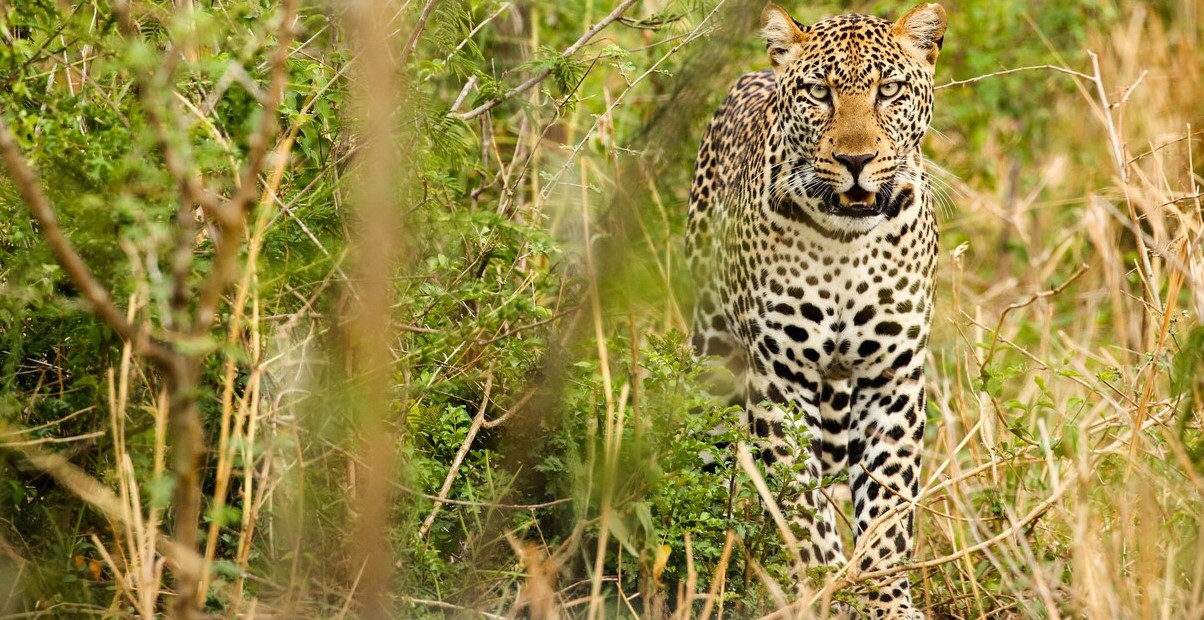
In contrast, the wet months bring renewal. Calving season often coincides with these rains, as prey animals take advantage of abundant vegetation to raise their young. The plains become dotted with newborn kob and warthogs, their fragility balanced by the attentive protection of their mothers. Predators respond by shifting strategies, using the tall grasses for ambushes. For those who value observing the cycles of life, the wet months offer unparalleled insight into the park’s ecological rhythm.
Birdwatching and the Influence of Seasons
While much of the focus in safari discussions rests on mammals, Queen Elizabeth National Park is a paradise for bird enthusiasts. With over six hundred bird species recorded, the park is one of the richest avian habitats in Africa. The timing of a visit plays a critical role in shaping the birdwatching experience.
The wet seasons, particularly from March to May, attract migratory birds from Europe and Asia. These months see an explosion of bird activity, with species such as the lesser flamingo, broad-billed roller, and white-winged tern swelling the skies. The Mweya Peninsula and Kazinga Channel become vibrant with avian life, making this time exceptional for birdwatchers willing to accept the challenges of wetter conditions.
The dry seasons, though less prolific in migratory arrivals, still offer spectacular birdwatching opportunities. Kingfishers, fish eagles, and pelicans dominate the waterways, while savannah species like secretary birds and grey-crowned cranes continue to enchant visitors. For travelers aiming to combine birdwatching with traditional game drives, the dry seasons strike a balance between accessibility and variety.
Photography and the Safari Seasons
The art of safari photography is shaped as much by light and landscape as by wildlife. In Queen Elizabeth National Park, the dry seasons provide photographers with optimal conditions. The reduced humidity sharpens visibility, the golden savannah light enhances textures, and dust rising from the plains creates dramatic atmospheres. Animals congregating near water sources allow for diverse compositions in a single frame, from elephants and buffalo to hippos and crocodiles.
The wet seasons, however, offer their own aesthetic rewards. The saturated greens of the savannah, reflections in swollen lakes, and mist over crater forests create ethereal moods. Dramatic skies following rainstorms frame wildlife in ways that cannot be replicated in drier months. While sightings may be less frequent, the quality of photographs often exceeds expectations, rewarding those who look for beauty beyond abundance.
Visitor Numbers and Safari Atmosphere
Another dimension in choosing the best time for game drives is the question of crowds and solitude. The dry seasons, being the most popular, attract higher numbers of visitors. Game drive routes, particularly in the Kasenyi plains, can feel busier, with multiple vehicles converging on the same sightings. For some travelers, this collective energy enhances the excitement, but for others, it diminishes the sense of wilderness.
In the wet seasons, the park breathes more quietly. Fewer vehicles traverse its tracks, and encounters feel more personal. A lone lioness in the tall grass or a herd of elephants by a rain-fed pool can be experienced in near solitude. For those who seek immersion over spectacle, the low seasons provide a safari atmosphere steeped in intimacy.
Accessibility and Infrastructure Across Seasons
The practicalities of safari are also shaped by the seasons. In the dry months, roads within the park remain firm, allowing vehicles to penetrate deeper into the plains. Game drives proceed with minimal disruption, and travel between sectors, from Kasenyi to Ishasha, is smooth. Accommodations operate at full capacity, offering a wide choice of experiences.
The wet months, by contrast, present challenges. Certain tracks become muddy and impassable, and access to remote areas may be temporarily restricted. Yet these obstacles often lead to discoveries, as guides adapt routes to the conditions, uncovering wildlife in unexpected corners. The lower demand for accommodation also makes this season more affordable, with lodges offering reduced rates to encourage visitors.
Month-by-Month Breakdown of Safari Experiences
To fully capture the nuances of timing, it is helpful to envision the safari experience month by month.
From January to February, the park is dry, accessible, and rich with concentrated wildlife around water sources. By March, rains begin, peaking through April and May, when lush growth obscures animals but transforms the scenery into an emerald paradise.
The months of June through September return the park to prime game viewing conditions. Vast herds dominate the plains, and predators thrive. In October and November, short rains bring bursts of greenery and renewed vitality, while December restores the short dry season, offering yet another window for exceptional drives.
Timing the Pulse of the Wild
The question of the best time to visit Queen Elizabeth National Park for game drives cannot be answered with simplicity, for each season carries its own rewards. The dry months from June to September and from December to February are undeniably the most favorable for wildlife visibility, accessibility, and ease of experience. Yet the wet months, though more demanding, offer quieter encounters, lush beauty, and profound insight into the cycles of renewal that sustain the park.
Ultimately, the decision lies not in which season is objectively best, but in what each traveler seeks. For drama and abundance, the dry seasons hold sway. For intimacy and rejuvenation, the wet seasons offer treasures unseen by many. In every season, Queen Elizabeth National Park reveals a different face, but always the same soul—untamed, majestic, and unforgettable.
For those ready to step into this wilderness and witness its rhythm firsthand, it is highly recommended that Africa tours and safaris be booked with WildHorn Africa. With unmatched expertise, passion for conservation, and dedication to excellence, WildHorn Africa ensures that every game drive becomes not just a journey through landscapes but a memory etched deeply into the heart.

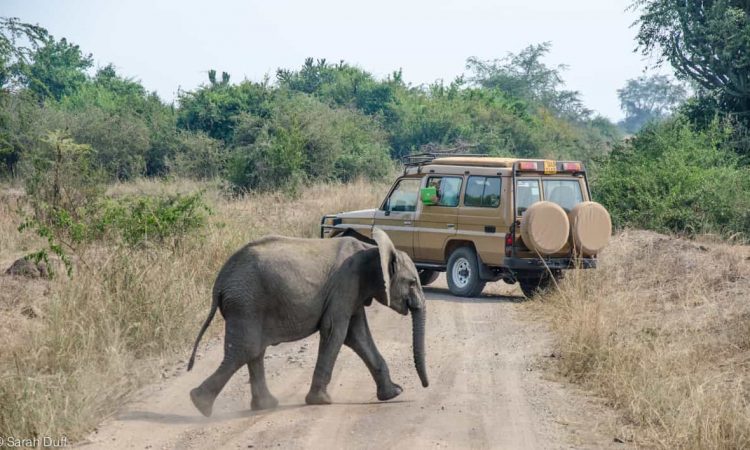
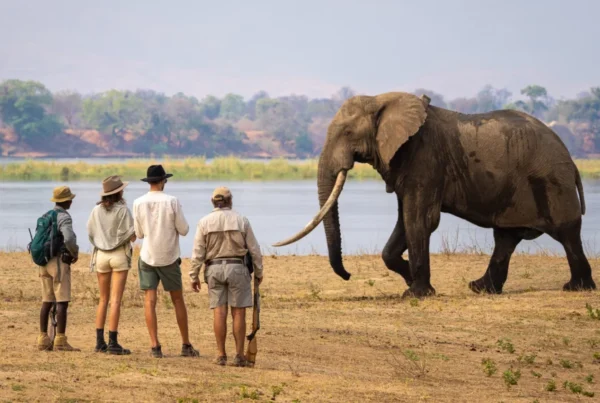
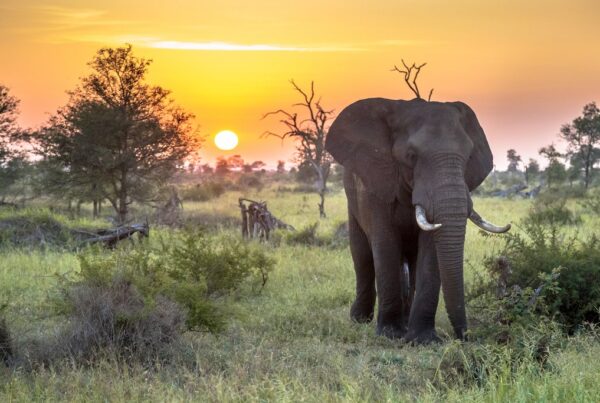
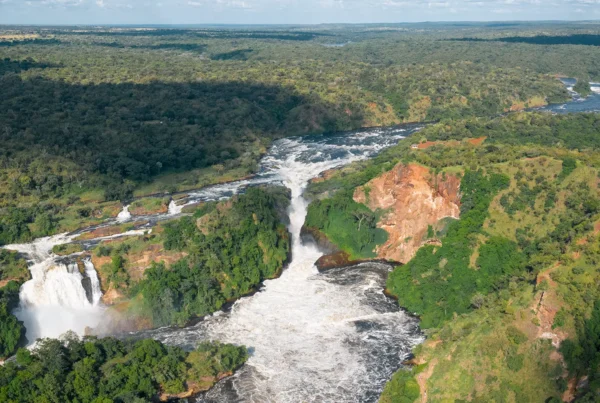
 WildHorn Africa – Authentic and unforgettable tours across Africa, guided by local experts who know the land, wildlife, and culture best.
WildHorn Africa – Authentic and unforgettable tours across Africa, guided by local experts who know the land, wildlife, and culture best.


